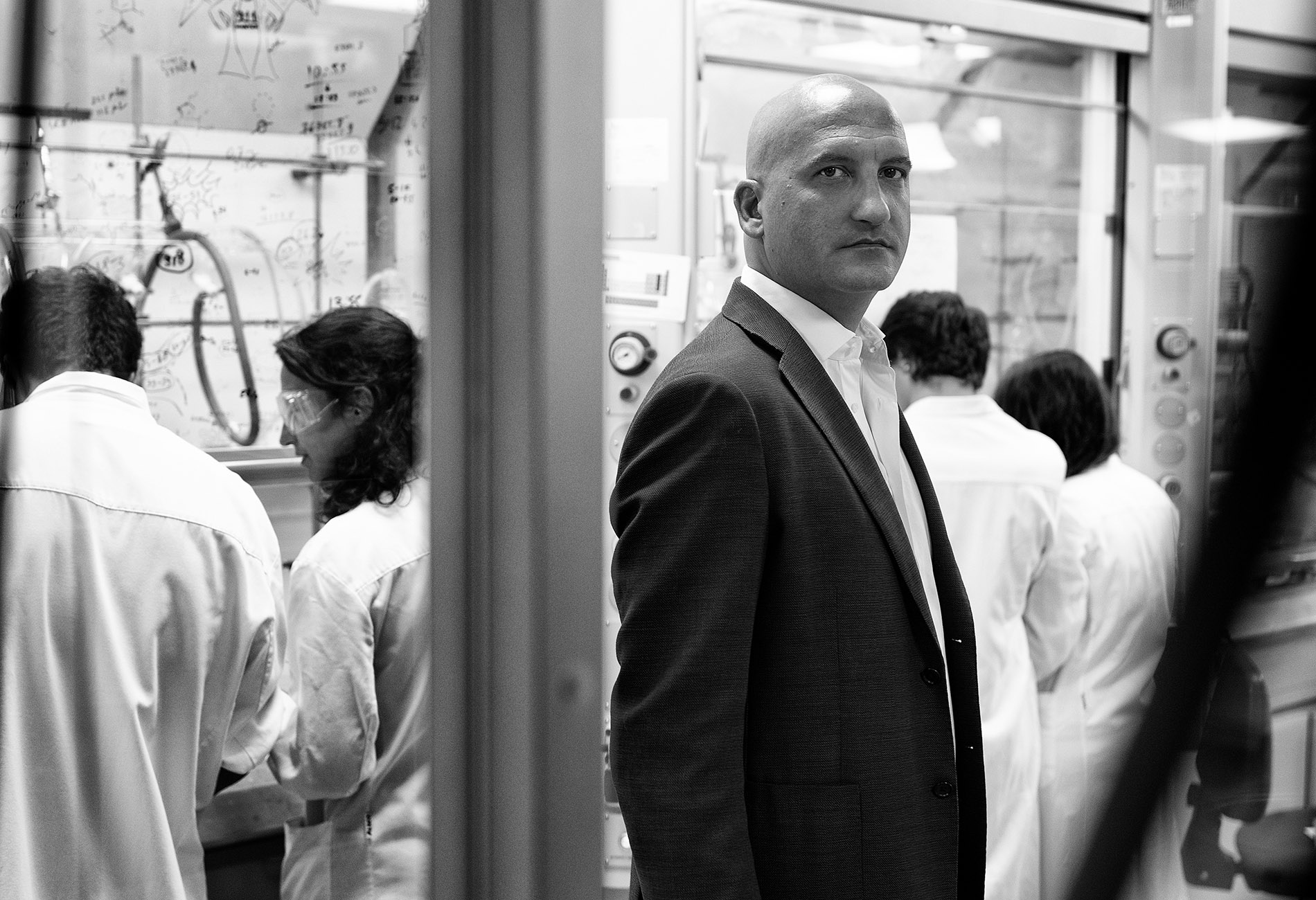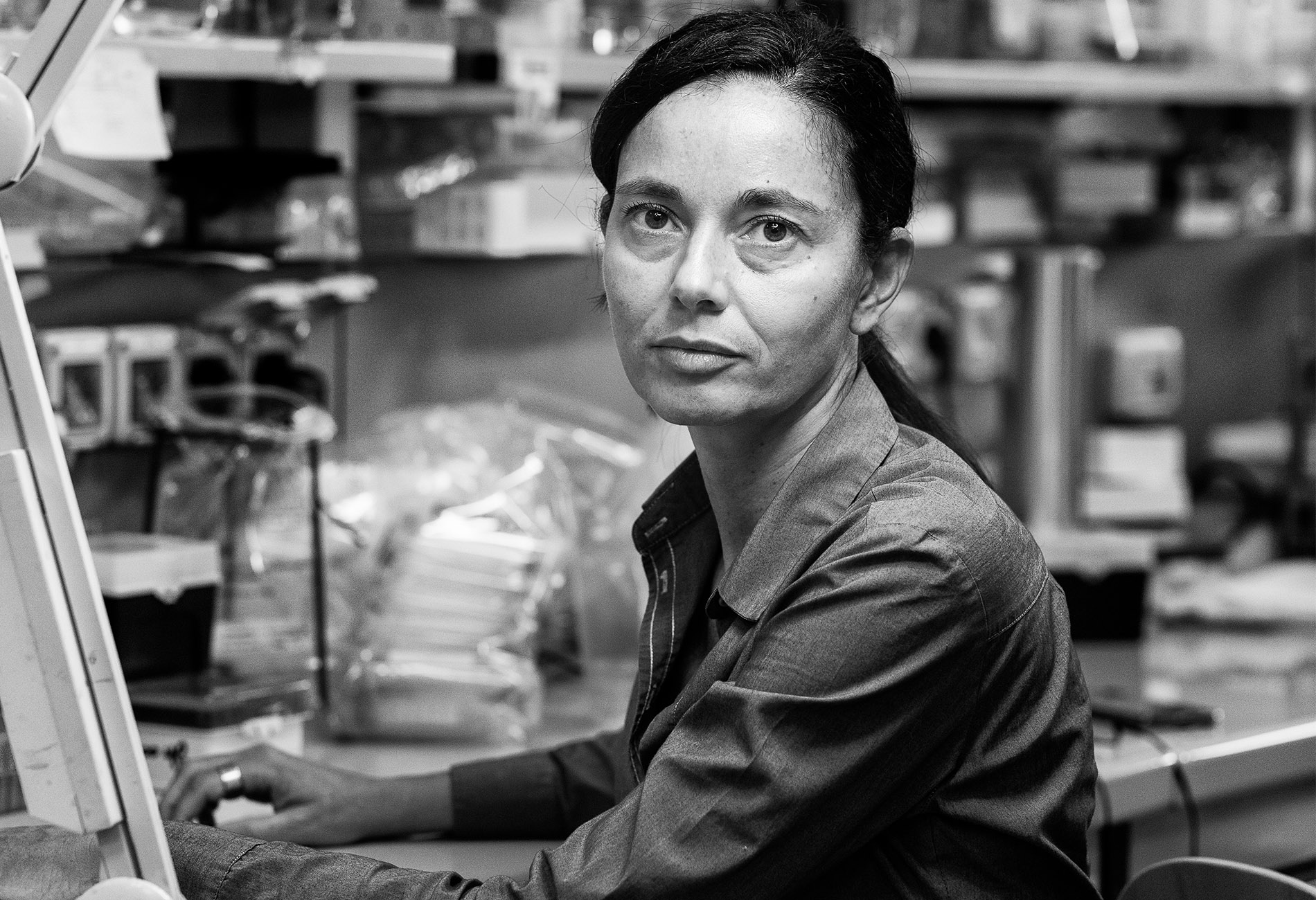Laura Cancedda didn’t set out to develop a drug for autism traits. In fact, Cancedda, senior group leader of the Brain Development and Disease Laboratory at the Istituto Italiano di Tecnologia in Genoa, Italy, had never studied autism at all when she realized her research on how developing neurons maintain inhibitory signaling might point toward new medicines. But it wasn’t until she met researcher Marco De Vivo in 2015 that the idea came into focus. Together, they decided to test whether dialing down inhibitory brain activity by modulating chloride ion transport can treat the repetitive behaviors and social challenges that are associated with autism.
In November 2021, they co-founded a startup, Iama Therapeutics, and a month later raised 8 million euros ($8.9 million) from two Italian venture capital firms. The company plans to start clinical trials in the second half of next year to test the drug’s safety in neurotypical people, and it aims to begin testing the drug in children with idiopathic autism by the end of 2024.
Yet the drug, called IAMA-6, treads familiar territory: It targets the same mechanism as an already approved blood pressure drug called bumetanide. Since 2010, at least two independent groups have run trials testing bumetanide for conditions associated with autism, and the outcomes have been highly variable. Last year, the two most advanced clinical trials to date testing whether bumetanide could ease autism traits in children and adolescents were halted because they did not appear to be effective.
For some autism researchers, this history is difficult to overlook. “I don’t view the collective data on bumetanide as suggestive that it is helpful in autism spectrum disorder,” says Jeremy Veenstra-VanderWeele, professor of developmental neuropsychiatry at Columbia University. “I think this program of research has been adequately explored — and is negative.” But Cancedda and De Vivo are not bothered. They are working with a new class of molecule with a better safety profile. “If we maintain the efficacy but get rid of the side effect,” says De Vivo, “then you can test efficacy more clearly.”









